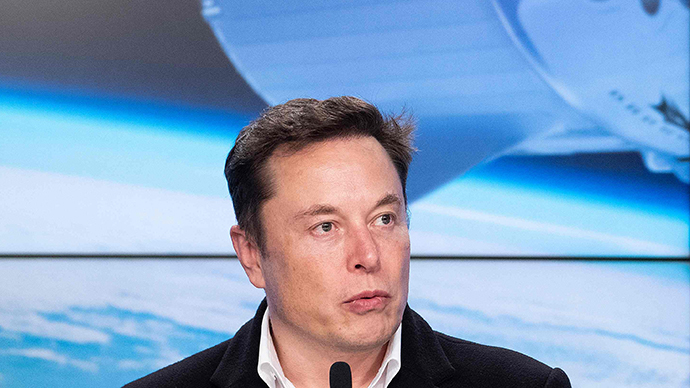SpaceX’s “Starship” prototype SN9 was originally scheduled to be launched on January 28, but was postponed at the last minute because it was not approved by the Federal Aviation Administration.
Musk, president of SpaceX, had no choice but to tweet in response that according to this rule, human beings will never reach Mars.
According to Sky News on January 29, after the Federal Aviation Administration (FAA) postponed the launch of the Starship, Musk tweeted that “unlike the orderly aviation management department, the supervision of the FAA space department has fundamental structural defects.
Their regulations mean that if the only few government-owned launch sites are used, (we) can only carry out a few launches a year.
Under these rules, mankind will never reach Mars.”
At present, SpaceX’s “Starship” test has not been fully successful.
At the end of May last year, Starship SN4 exploded after fuel leaked; in April, another prototype ship, Starship SN3 exploded while under pressure with liquid nitrogen.
Musk attributed these defeats to human factors.
However, during the high-altitude suborbital flight test on December 9 last year, the SN8 successfully launched, transported propellant, and completed the landing flip operation through accurate flap control to reach the landing site, but during the landing, the tank low pressure caused the landing speed to be high, “the landing was difficult but exciting.” Musk said, “[We] got all the data we need.”
Musk said at the time that he was still “highly confident” that SpaceX’s manned landing on Mars by 2026, a goal that could be achieved “about six years from now”, “if we are lucky, it may be four years.” The key link to the dream of manned landing on Mars is the production progress of the “starship”.
To improve the “starship”, many prototypes are needed to test.
Last December, Musk revealed on Twitter that from SN1, each generation of prototypes will be slightly improved, at least iterating to SN20, and finally implementing Starship 1.0.
The “Starship” system composed of a 50-meter-high “starship” and a 70-meter-high superweight rocket is the next generation of SpaceX’s fully reusable transportation system.
After each launch, the overweight rocket can return to the ground.” Starships themselves also have powerful thrust, and can go to Mars and the moon on their own.
The system will make it possible to transport satellites, crews and cargo to low-Earth orbit and to the moon and Mars.



